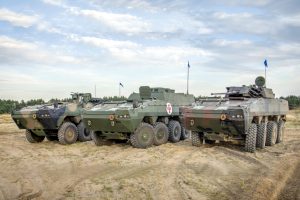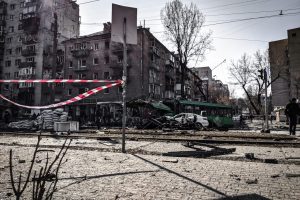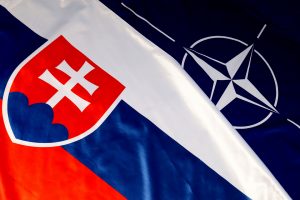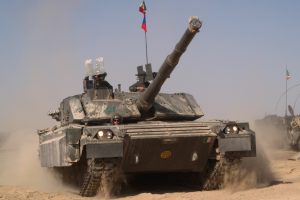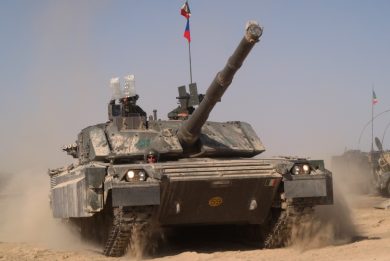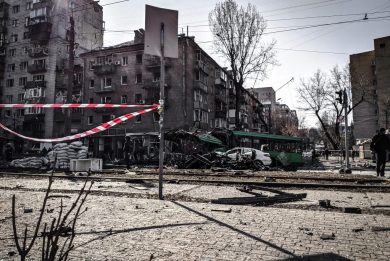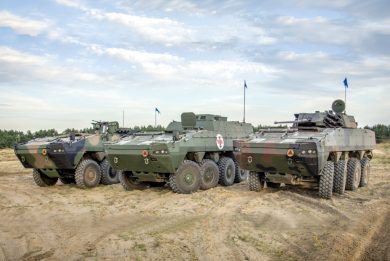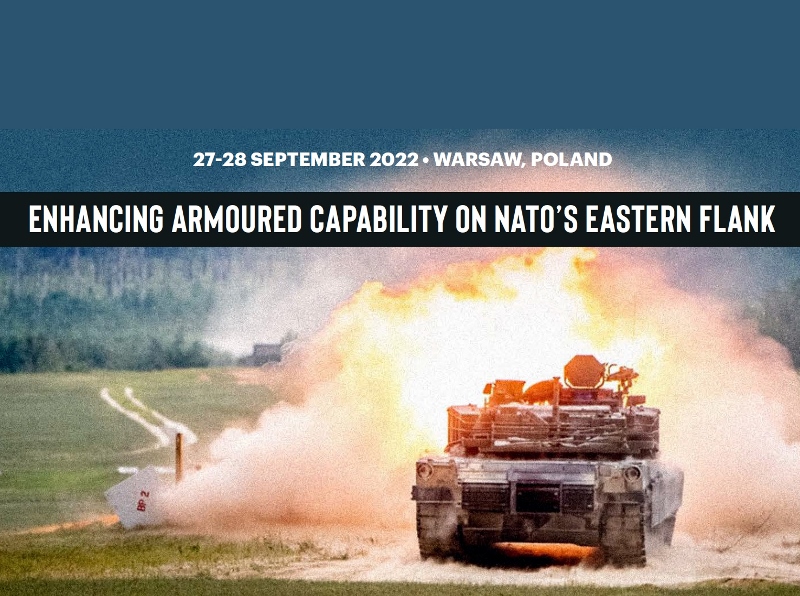
On September 27-28 a distinguished audience dealing with armoured vehicles issues gathered in Warsaw for the Armoured Vehicles Eastern Europe conference, organised by Defence IQ.
Chaired by General (ret) Sir Adrian Bradshaw, KCB, OBE, DL,former Deputy Supreme Allied Commander Europe, the two-day event took into consideration many aspects of the armoured issues in the light of the Russian aggression to Ukraine that took place on February 24th this year.
The main take-away from the Warsaw conference is probably the huge difference in the needs of the armies belonging to the countries facing directly the Russian threat, compared to that of those nations that by geography do not have any border or vicinity to the current European hotspot.
The different feeling of the threat is leading some of the Eastern European countries to consistently increase their armoured assets even at the expense of a logistic logic, delivery times being the priority, and this sometime goes against the best option, that is having a coherent fleet of vehicles. “We would like to live in an ideal world, where we have time to conduct simulation and analysis processes, find the money and buy the equipment, optimising capability and logistics, but here we have no way, Russia is doing what its doing, so from a Polish prospective we must synchronise what we wish to have and what is realistic. Our approach is therefore to assign certain platforms to certain divisions, so giving the K2 to one division and the M1A2 Abrams to the other s a kind of a solution. We are not living in the ideal world, and form the logistic standpoint, especially at operational and strategic level, it is a huge challenge,” General Rajmund Andrzejczak, Chief of the General Staff, Polish Armed Forces underlined in his keynote address.
Multidomain operations and urban operations were obviously widely debated, as well as what future tanks will look like, weight and signature issues being among key factors, together with manned-unmanned teaming, C-UAS protection, and so on.
Coming to the Ukrainian conflict, numerous speakers underlined the effectiveness of Kiev formations in countering Moscow forces, something quite probably due to freedom of initiative at lower command levels versus a rigid hierarchic system that proved to be one of the weak points of attacking forces. On this point, an issue on over-secrecy in the NATO command chain, preventing some tactical intelligence to reach the right echelons, was also raised.
Overall a two-day event that allowed looking at the armoured vehicles world in a perspective much linked to the current situation, but not only.
Hereafter EDR On-Line readers will find the articles on different topics based on the many speeches. These can also be found in the EDR News section, but we decided to also gather them under a single hat to facilitate those who want to have an overall view of what was discussed in Warsaw. More to come in the next days
Russia-Ukraine War Lessons Learned, the FINABEL view
Slovak Army: the path towards modern heavy forces
Italian Army: towards heavy forces modernisation
